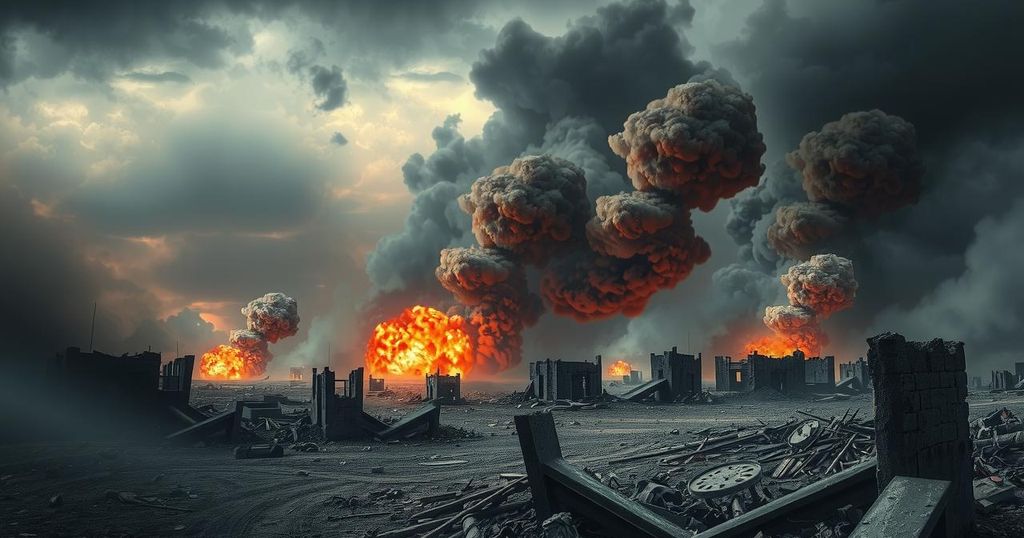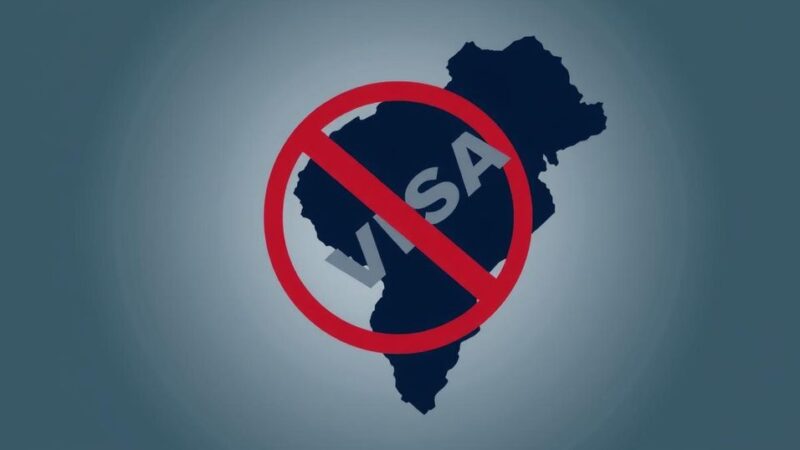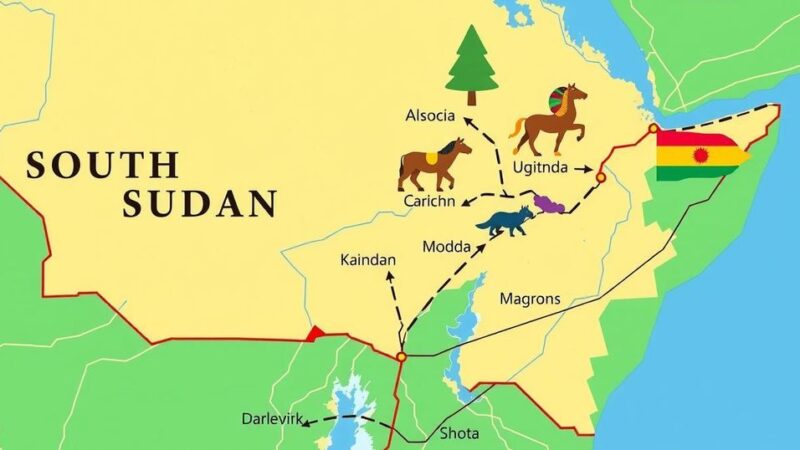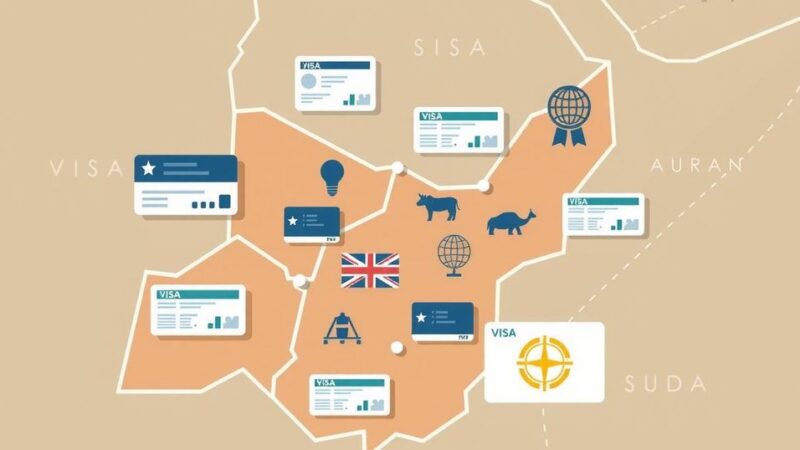On March 15, President Trump conducted airstrikes against Houthis in Yemen, resulting in 31 fatalities. He warned that any attacks on American vessels would lead to severe consequences. Trump has also urged Iran to cease support for the Houthis, signifying escalating military actions in the Middle East since his presidency began.
On March 15, President Donald Trump initiated military strikes against the Iran-aligned Houthis in Yemen. The airstrikes resulted in significant destruction within Saada, injuring numerous individuals, with reports indicating that 31 people were killed according to the Houthi-run health ministry. Following hostile actions against vessels in the Red Sea, Trump warned, “Houthi attack on American vessels will not be tolerated.” Moreover, he declared that if the Houthis did not cease their attacks, “hell will rain down” upon them.
In addition to targeting the Houthis, President Trump directed a message towards Iran, emphasizing the necessity for Tehran to immediately terminate its support for the Houthi group. The Iranian Revolutionary Guard commander responded, asserting that the Houthis are independent actors capable of making their own decisions. This military operation marks the most significant U.S. military action in the Middle East since President Trump assumed office in January.
The recent airstrikes are part of a broader strategy by the United States to intensify sanctions on Iran while urging the nation to return to negotiations regarding its nuclear program. The situation continues to evolve as the U.S. navigates complex geopolitical dynamics in the region.
In summary, the U.S. military strikes against Yemen’s Houthis, which resulted in the deaths of 31 individuals, represent a critical escalation in military actions within the Middle East under President Trump. The strikes reflect a firm stance against Houthi aggression towards American vessels and a warning to Iran regarding its support for the Houthis. As the U.S. also seeks to apply pressure on Iran over nuclear negotiations, the developments highlight significant geopolitical tensions in the region.
Original Source: m.economictimes.com






